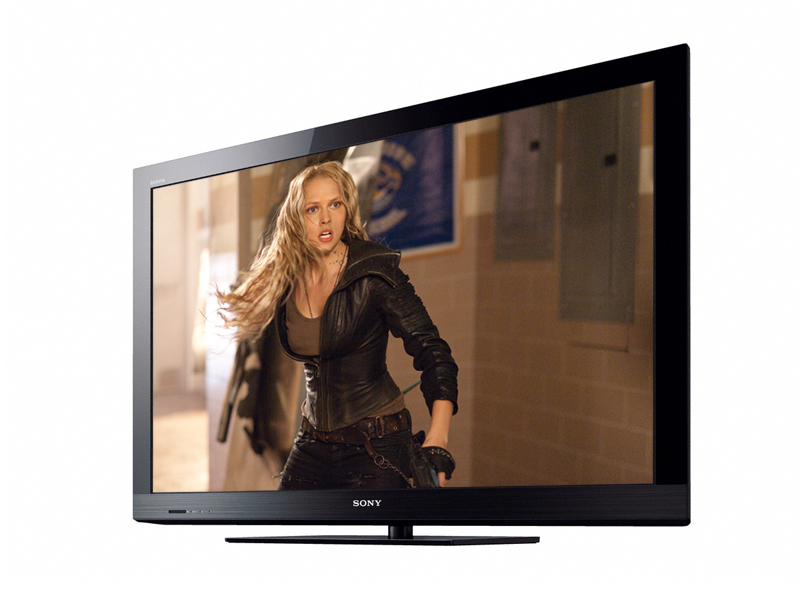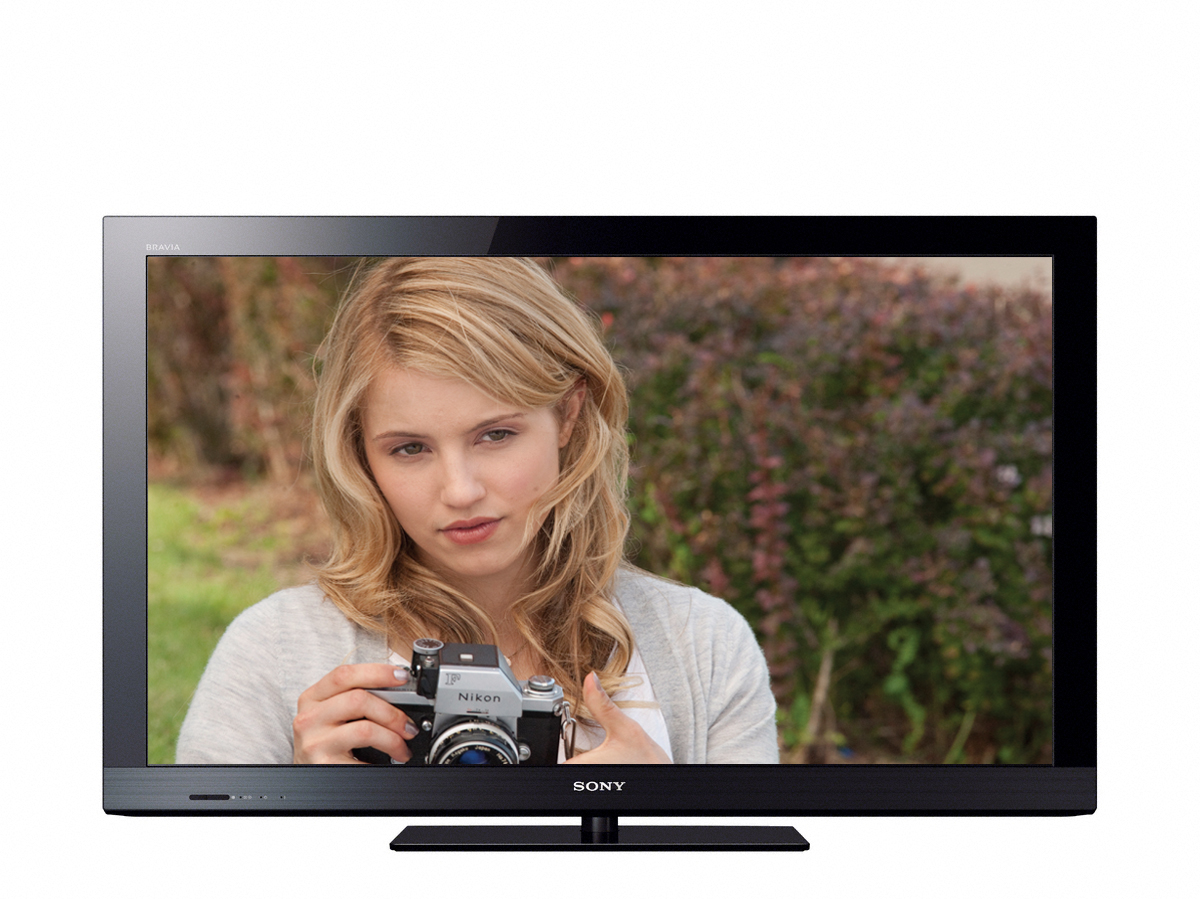Why you can trust TechRadar

Picture quality from streamed video is better than expected. A five-minute programme from uStudio on Bryce Canyon in HD was faultless aside from the odd juddery vertical camera pan.
A far lower quality news clip video from Eurosport was much more blurry, but oh so clean. The X-Reality engine seemingly glosses over the tell-tale signs of SD content – jagged edges and picture noise – on a full HD screen, which doesn't bring any great benefit in terms of extra details, but it's far less offensive to HD-trained eyes.
A trailer of 2012 in DivX HD format also shows off the KDL-32CX523's excellent colour palette, though there's always a touch of polarisation in files such as these.
We also noticed more signs of what turns out to be one of this TV's weaknesses: motion blur. It's barely noticeable for much of the time, but even slow camera pans can cause an ugly judder.
The KDL-32CX523 lacks any frame insertion technology, so the fact that there's some blur on this 50Hz image is no great surprise. We also spotted it in our Blu-ray test disc Donnie Darko, though the issue wasn't as serious as we'd feared.
In the same way that online fare is treated with care, so too are Freeview channels, which look clean and free from too many jagged edges or visible pixellation. It's an unusual approach from Sony, but it's almost as if the circuitry behind X-Reality is visibly trying to remove the effect of the full HD panel's extra pixels and it works a treat.
It is possible to tweak the basic picture parameters, but Sony would rather you used its seven different presets; Cinema, Sports, Game, Photo, Music, General and Graphics modes are all accessible via the Scene button on the remote.
Still, we wanted to see what could be done about the average contrast, so dived into the set's Advanced menus. There you'll find a Black Corrector (useful if left on Low mode, but introducing a forced look if any higher), Advanced Contrast Enhancer (best left off), a Gamma adjuster and Live Colour, the latter is only worth using on its lowest setting. Any higher and inaccuracies don't so much creep as thunder on to the screen. It's the quickest way to get sunburned and, in any case, the native colours are just about adequate.
We also spotted Film Mode, but don't mistake this for frame interpolation technologies used on a lot of displays; it's nothing of the sort and doesn't appear to affect the picture in any major way.
Bright hi-def material is laden with detail, though that's not the case with the gloom of Donnie Darko. Contrast is greater than you might expect at this spec and price, but darker areas of the picture are relatively feature-less; the likes of Black Corrector and Advanced Contrast Enhancer can be used, but they only make these areas blacker, not more realistic. The problem isn't terrible, but it leaves the KDL-32CX523 light years away from a good plasma.
Current page: Sony KDL-32CX523: Picture quality
Prev Page Sony KDL-32CX523: Features Next Page Sony KDL-32CX523: Sound, Value and ease of useJamie is a freelance tech, travel and space journalist based in the UK. He’s been writing regularly for Techradar since it was launched in 2008 and also writes regularly for Forbes, The Telegraph, the South China Morning Post, Sky & Telescope and the Sky At Night magazine as well as other Future titles T3, Digital Camera World, All About Space and Space.com. He also edits two of his own websites, TravGear.com and WhenIsTheNextEclipse.com that reflect his obsession with travel gear and solar eclipse travel. He is the author of A Stargazing Program For Beginners (Springer, 2015),

